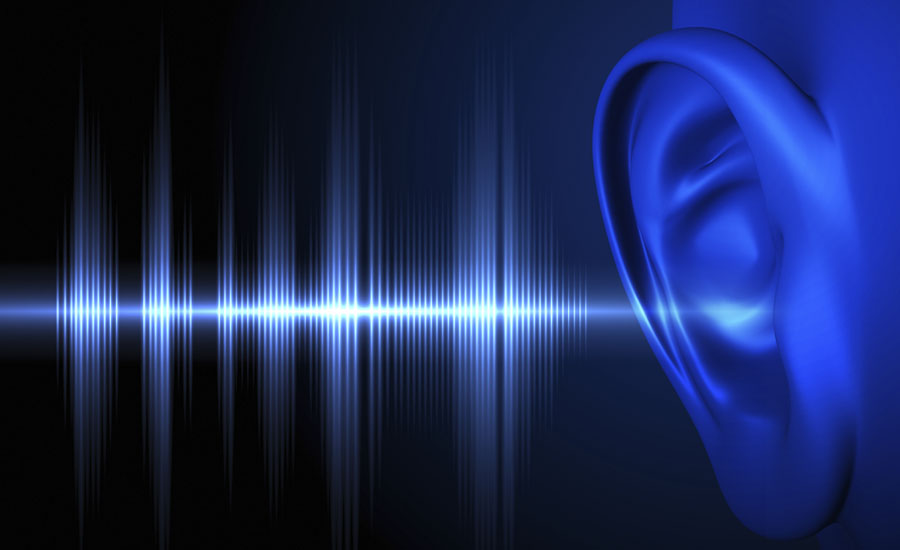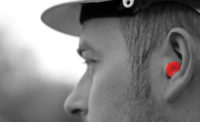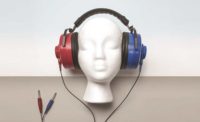Hearing protection among oil-rig workers improved significantly after they underwent testing for properly fitting earplugs, according to a new study by NIOSH. The researchers reported the findings of their study in the International Journal of Audiology.
In the workplace, hearing loss related to loud noise is a persistent problem worldwide. In the United States alone, loud noise exposes an estimated 22 million workers to hearing loss annually, according to information from the National Health and Nutrition Examination Survey. Although hearing loss is irreversible, the good news is that it is also preventable. To prevent work-related hearing loss, NIOSH recommends that noise exposure over an 8-hour day be under 85 decibels A-weighted (dBA).
In 2012 and 2013, NIOSH researchers traveled to Louisiana and Texas to test hearing protection devices (HPD) among 126 volunteer study participants employed as oil-rig inspectors and engineers. These workers face significant work-related noise from the helicopters that bring them to and from the offshore worksite. To test the level of protection afforded by the workers’ earplugs, known as fit testing, they used the NIOSH-developed system HPD Well-Fit™. This simple system, which travels easily to field studies such as this one, involves having workers test their hearing with and without HPDs in their ears. The fit-test system measures the noise reduction provided by each worker’s own earplugs. Before the fit testing, less than half of participants had adequate reduction in the noises they might experience on the job. After the testing, more than 85% had adequate protection. Individual fit testing can identify when earplugs do not fit a worker’s ear canals and can help to train workers to effectively fit and wear earplugs.
For workers who want to measure the level of sound in their own workplace, NIOSH recently released a new Sound Level Meter app. Available on the NIOSH website, the Sound Level Meter app also provides information on noise-exposure limits and preventing work-related hearing loss from loud noise.
More information is available:


